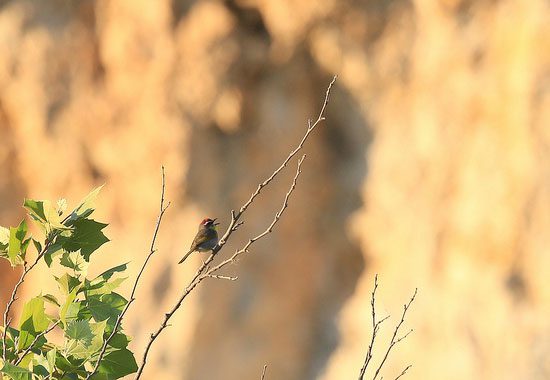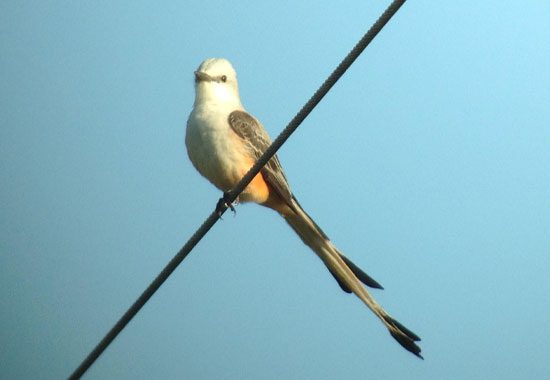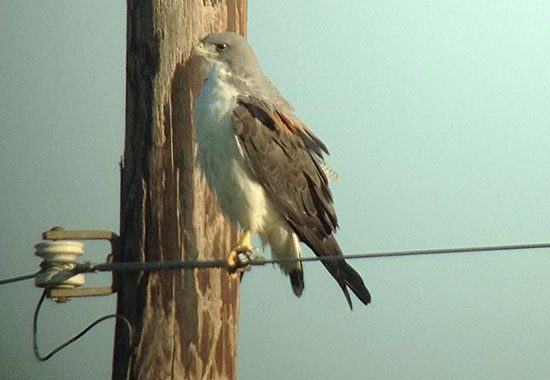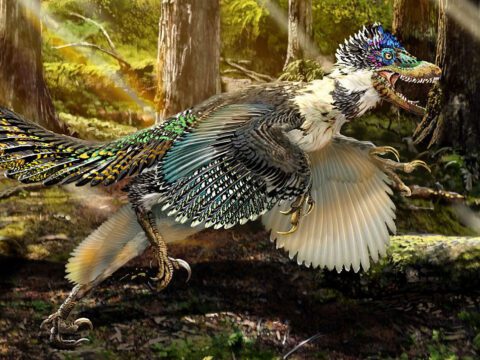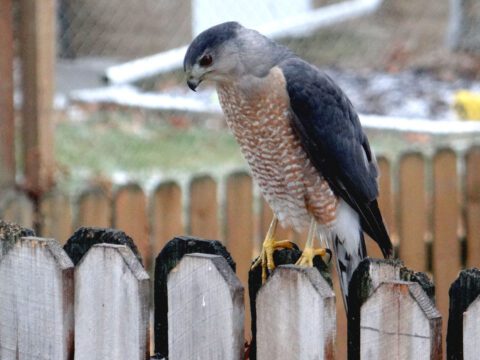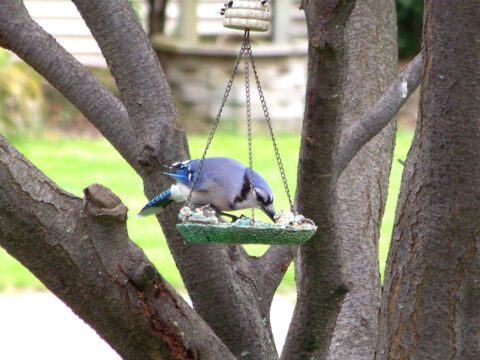High Hopes After Smooth Test Run for the New Texas Triangle
By Gustave Axelson April 23, 2012
This Rufous-capped Warbler is a Texas rarity. 
Scissor-tailed Flycatcher, a crucial common Texas bird. 
White-tailed Hawk spotted on drive to Houston.
Coming in to Scout Week for Big Day 2012, the Sapsuckers were hoping a new strategy for birding a Texas Triangle—San Antonio to the Hill Country, then east to Galveston instead of Corpus Christi—would pay off with more species and a chance to break the single-day birding record.
After a test run of this new triangle over the weekend, those hopes are a little higher.
“Our biggest concern was that the Google Maps estimate was true to the actual drive time,” said Sapsucker team member Marshall Iliff. “It’s crucial that we get to the coast by late afternoon with enough time to clean up the shorebirds and get out to High Island for warblers. It will be tight, but this route should work.”
The biggest find from the test run was a Rufous-capped Warbler in the Hill Country, which the team thought they heard on Saturday, and team member Tim Lenz confirmed by zeroing in on the bird’s location on Sunday. This is a species typically found from Mexico south into Central America, with fewer than 50 records ever in Texas. Bonus birds like that could be crucial in tipping the Sapsuckers over the 264 species mark for a new North American single day birding record.
The team plans a stop-off in Houston on the way from the Hill Country to Galveston, and that detour proved fruitful during the test run—netting eastern species like Tufted Titmouse, Scarlet Tanager, Rose-Breasted Grosbeak, and Red-headed Woodpecker, all species not seen during last year’s Big Day.
Then at Galveston, the team tallied more birds they didn’t get at Corpus Christi in 2011—Pacific Loon, Bonaparte’s Gull, Short-billed Dowitcher, and Red Knot. All told, the Sapsuckers racked up more than 190 species on a day when they were more concerned with drive time than birding, and they called it quits at 5 p.m. for a leisurely dinner on the coast. On Big Day, they’ll bird midnight to midnight.
“So far, things are looking real good for us,” said Iliff.
And the weather is looking good, too. While the ideal perfect storm that could produce a massive fallout of migratory birds at High Island doesn’t appear to be in the cards, forecasts show steady winds out of the north through mid-week, switching to fair winds from the south pushing out of the Yucatan Peninsula later in the week. “Our hope is that those north winds bottle up the migration, then the south winds release a flood of migrants just in time for Big Day,” said Iliff.
On Monday, the team will be testing the crucial first leg of the Big Day route, from San Antonio to the Hill Country. The pressure will be on for the Sapsuckers to reach 120 species by 10 a.m. when they must head east towards the coast.

All About Birds
is a free resource
Available for everyone,
funded by donors like you
American Kestrel by Blair Dudeck / Macaulay Library
